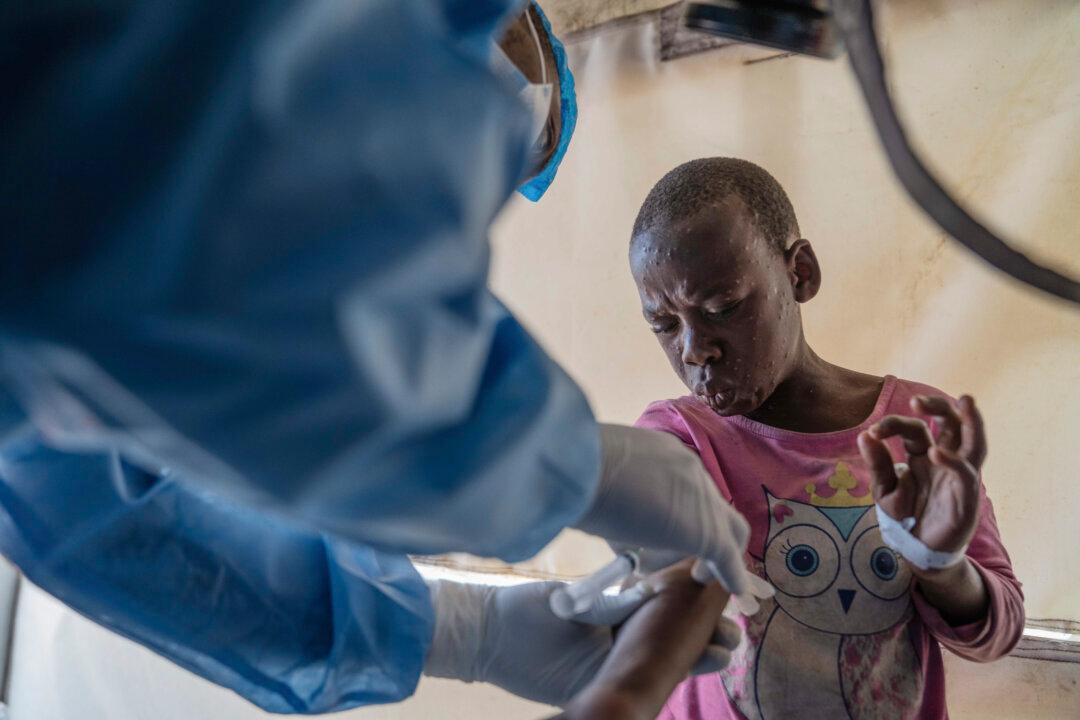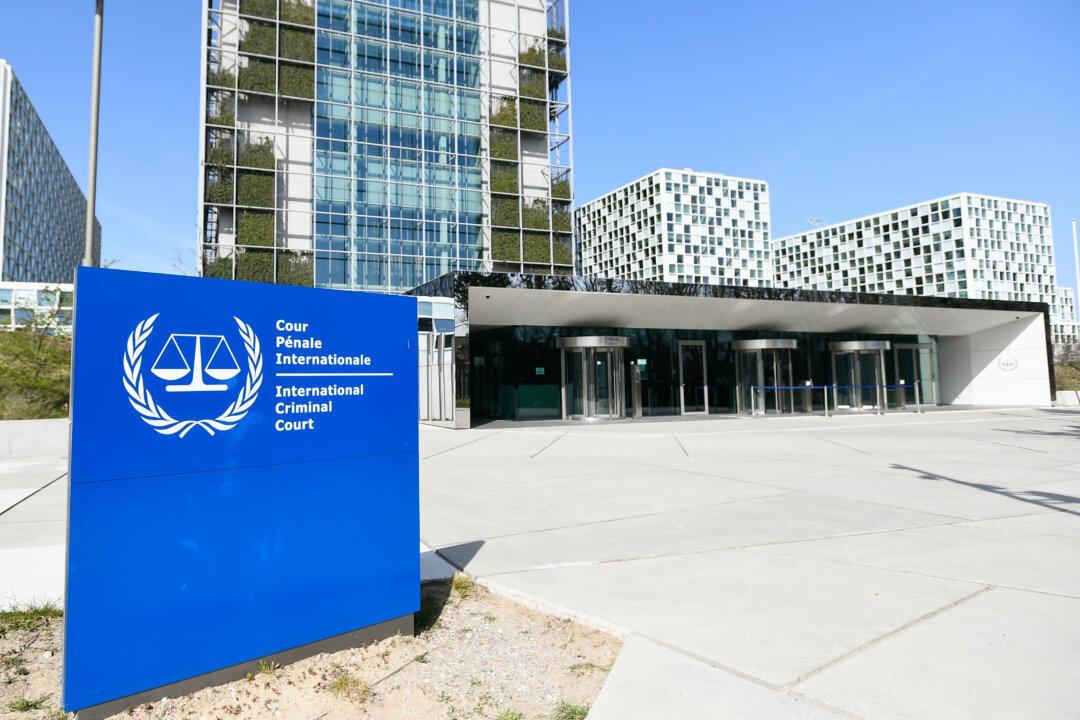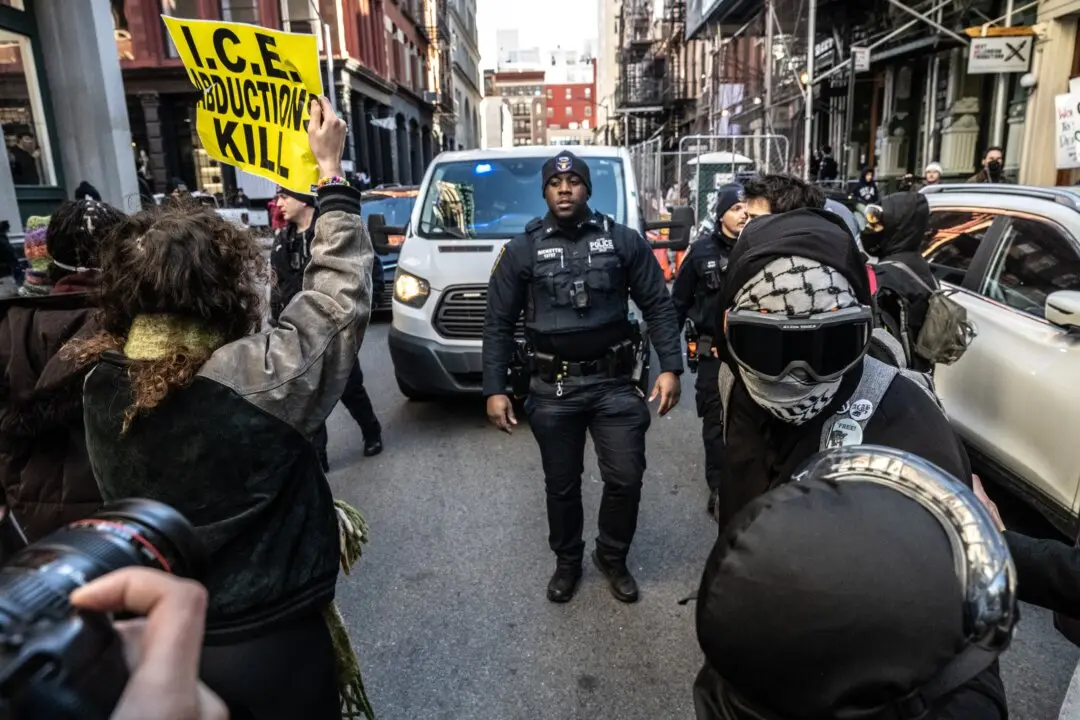The Democratic Republic of Congo (DRC), the nation hardest hit by mpox in Africa, has begun a vaccination campaign to contain the outbreak.
Last month, 265,000 doses of the MVA-BN mpox vaccine arrived in the DRC. Beginning Oct. 5, the Ministry of Public Health and Prevention started the vaccination campaign, targeting vulnerable groups in high-priority provinces, according to an Oct. 5 press release by the United Nations International Children’s Emergency Fund (UNICEF).





